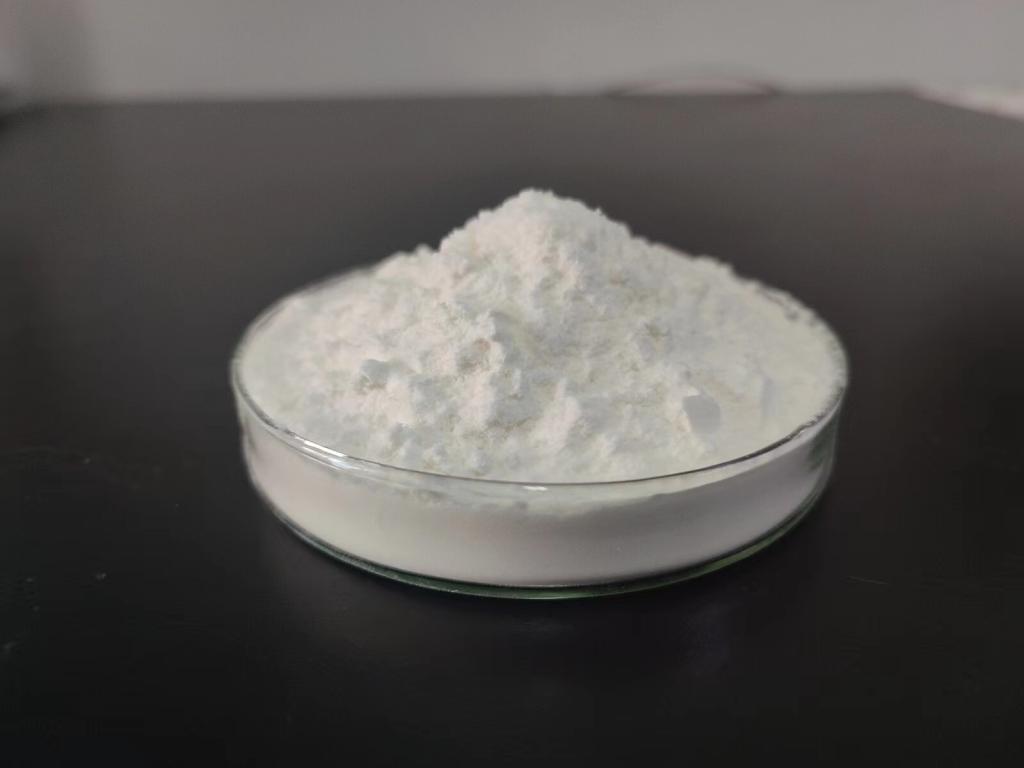Tel:+8618231198596

News
 CONTACT
CONTACT
 CONTACT
CONTACT
- Linkman:Linda Yao
- Tel: +8618231198596
- Email:linda.yao@dcpharma.cn
- Linkman:CHARLES.WANG
- Department:Overseas
- Tel: 0086 0311-85537378 0086 0311-85539701
News
Current Position:
Home >
News
>Health implications of ε-Polylysine hydrochloride consumption in food products.
Health implications of ε-Polylysine hydrochloride consumption in food products.
TIME:2024-05-10
Safety Profile of ε-PL-HCl:
ε-PL-HCl is generally recognized as safe (GRAS) for use in food products by regulatory authorities, including the U.S. Food and Drug Administration (FDA) and the European Food Safety Authority (EFSA). Toxicological studies have shown that ε-PL-HCl is well-tolerated and has low acute toxicity. Furthermore, ε-PL-HCl is not metabolized in the body and is excreted unchanged, reducing concerns about accumulation and long-term toxicity.
Potential Adverse Effects:
While ε-PL-HCl is considered safe for consumption, rare cases of allergic reactions have been reported in individuals with pre-existing allergies to polylysine or related compounds. Symptoms of allergic reactions may include skin rashes, itching, swelling, and gastrointestinal disturbances. Additionally, concerns have been raised regarding the potential impact of ε-PL-HCl on gut microbiota, although evidence supporting adverse effects on microbial diversity or function is limited.
Regulatory Considerations:
Regulatory authorities have established maximum permitted levels (MPLs) for ε-PL-HCl in food products to ensure its safe use. These MPLs vary depending on the food category and are based on scientific assessments of safety and efficacy. Manufacturers are required to comply with relevant regulations and labeling requirements when using ε-PL-HCl in food products, including accurately declaring its presence and concentration on product labels.
Current Research and Future Prospects:
Research on the health implications of ε-PL-HCl consumption in food products is ongoing, with efforts focused on assessing its safety profile, potential adverse effects, and impacts on human health. Future research directions may include conducting epidemiological studies to evaluate the prevalence of allergic reactions and adverse effects associated with ε-PL-HCl consumption, as well as exploring alternative preservatives and formulation strategies to minimize potential health risks.
Conclusion:
ε-Polylysine hydrochloride is widely used as a food preservative and is considered safe for consumption by regulatory authorities. While rare cases of allergic reactions have been reported, ε-PL-HCl is generally well-tolerated and has low acute toxicity. Continued research and monitoring are essential to ensure the safe use of ε-PL-HCl in food products and to address any emerging health concerns.
- Tel:+8618231198596
- Whatsapp:18231198596
- Chat With Skype







